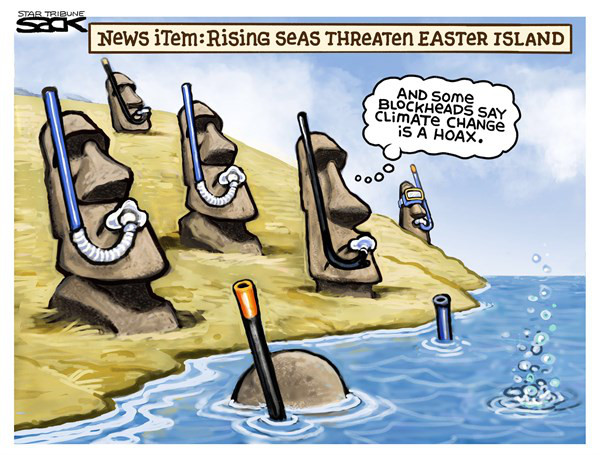June Zoom
Can We Separate the Science from the Fiction?

It comes on quickly, disappears slowly, just when everyone is looking forward to more warm days of spring and summer, Southern Californians have to grab their sweaters.
Everybody has heard of the Gold Rush, when sleepy, remote California got a flood of gold settlers, in a land they all knew very little about.
But, Edwin Bryant who wrote a book about his first visits to California in 1846, warned all the wagon travelers to the new territory that when they finally staggered into San Francisco in the late summer, they should bring their winter woolies.
You’d think they were in Alaska, which, in fact, is the case.
Much is written these days about climates, fact or fiction.
One of the first fictions, I have heard on TV, since I was a child.
Meteorologists — who don’t actually study meteors; they assess weather — have told the public June Gloom, or now, May Gray, is produced when inland deserts begin to heal up; this heat and expanding air then sucks in fogs off the sea, producing June Gloom on our coast.
Sounds logical, but, in fact, is not true. San Francisco’s “winter woolies” comes from the Yukon, Alaska’s mightiest river. It also comes from The Columbia, The Porcupine, the hoyukut, and hundreds of others, that push the ice out in a mighty spring time flow.
Weatherpersons who have not traveled farther than Wilshire Boulevard have not witnessed what happens when the Cascades, the Rockies, Mt. Denali, the Alaska Range let go their winter snow and ice.
The Columbia alone, which may average between 200,000 and 300,000 cubic feet per second, can go over a million cubic feet per second in June.
Guess where all that water goes? Just stand in San Francisco Bay in June or July.
For the North Pacific forms the largest freshwater flow in the world. That is because western mountains hold the world’s greatest snowpate and thousands of glaciers.
In 1873, when John Muir visited the Stikine River, he was the first to record climate change taking place in British Columbia, though he did not recognize it as such. He had been confused and misled by an ice age that never took place.
Poor Muir. We’ve heard of fake news; well there is fake science too. He did accurately note and record that the Stikine River glacial ice had retreated 18 miles since George Vancouver had visited it in 1787 in his ship.
Our climate is warming, in sometimes alarming and disastrous ways. Many people assume our droughts are normal; in fact, the first real severe drought occurred only in 1841 — the year the first party made it over the Sierra, and Bidwell and Bartleson noted this.
As our climate changes, science observes more severe and dramatic possibilities exist.
Outside of the Poles, the Pacific forms the largest, the deepest, and the coldest ocean on Earth. This is why we don’t get hurricanes; that’s why it is called the Pacific! The Spanish knew what happens in Florida, their home base.
But that is changing. Not only do warmer skies and warmer seas produce drought, it raises the possibility of hurricanes reaching our coast, from warm tropical waters. The chances increase every day.
And we thought we had climate troubles already. Think of what rising seas and a horrific blast of hurricane might bring.
Science hasn’t brought up this possibility, and few prepared for it.
It may take decades, but the chances of UCSB and Los Angeles and Long Beach seeing weather patterns like Florida’s are increasing.
John Muir did not understand this when he witnessed climate changes in the 1800s. He not only recorded the Stikine River glacier retreat, he saw and recorded his own glacier, the Muir Glacier, melting.
It is gone today.



